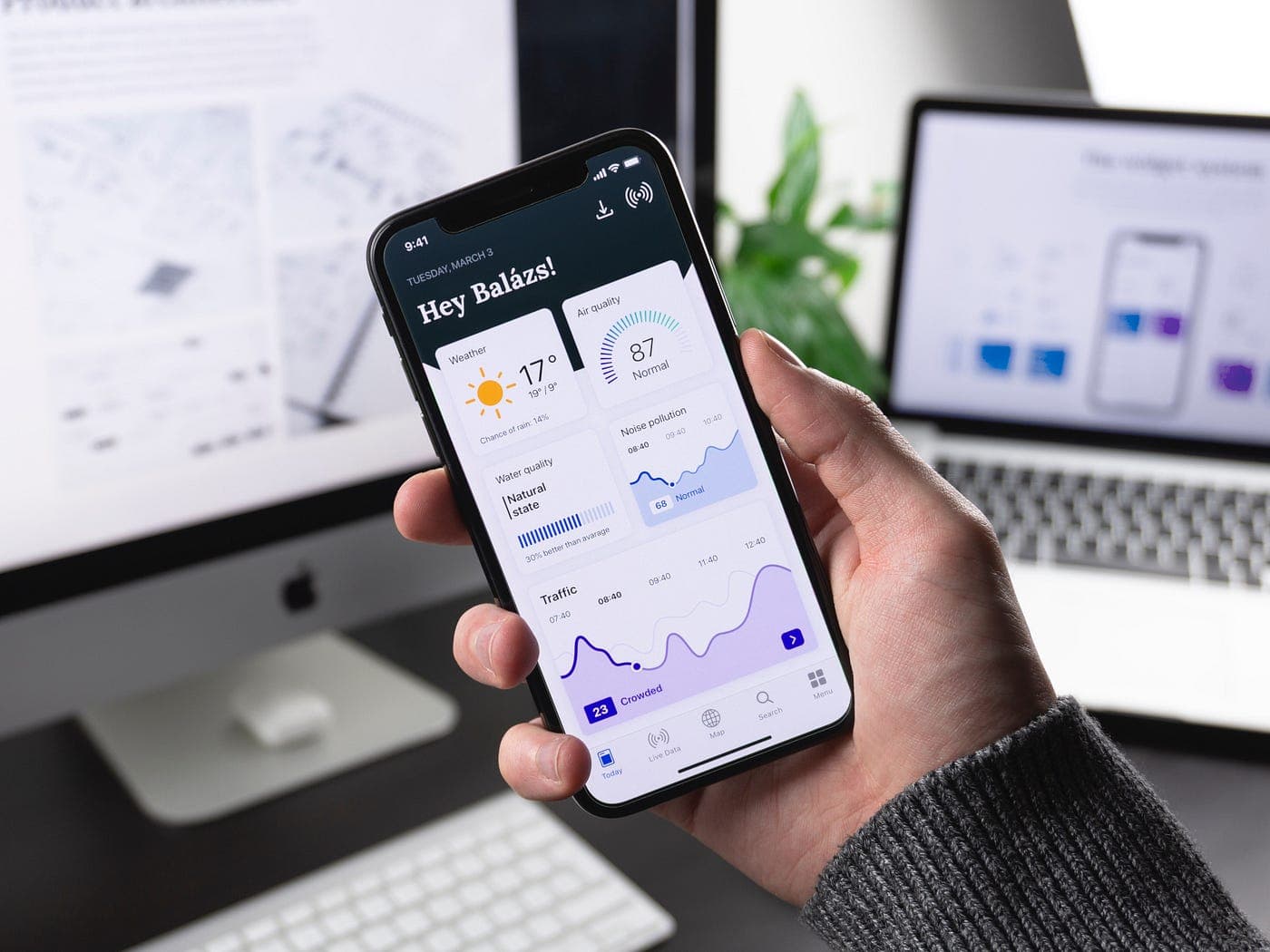With the advancement of technology and the growing popularity of mobile devices, web design has undergone significant changes. Mobile phones, tablets, and other portable gadgets have become an essential part of our everyday lives, making it crucial to have convenient and functional web design. Adaptive design is the solution that allows websites to effectively adapt to different screens, and we owe this development to mobile technology.
Mobile Devices: A Revolution in User Experience
As mobile devices began to dominate the market, web design had to adapt to the new demands of users. Mobile phones, tablets, and other devices with small screens place special demands on content visualization. A website that looks perfect on a large laptop screen may be inconvenient on a mobile phone. This led to the need to create websites that can change their appearance depending on the device on which they are viewed.
The core idea of adaptive design is that web pages automatically adjust to the screen size of the device, ensuring a good user experience. As a result, web developers were able to create platforms that are equally user-friendly on desktop computers and mobile devices. This is especially important for online entertainment, and we recommend visiting the website novecasino.net, where adaptive design is actively used to ensure a quality gaming experience on mobile devices.
What is Adaptive Design?
Adaptive design is an approach to web development that involves creating multiple versions of a website for different types of devices. Instead of creating separate versions of websites for mobile and desktop users, adaptive design allows the website to automatically adjust to the screen size. This is possible thanks to the use of flexible grids, media queries, and other technologies that allow a webpage to change its style based on screen size.
The main advantage of adaptive design is its ability to provide a good user experience across all devices. For example, interface elements can automatically increase or decrease in size depending on whether the site is being used on a phone or a computer. This eliminates the need to create separate mobile versions of websites, saving developers time and resources.
Technologies Behind Adaptive Design
Adaptive design became possible thanks to several key technologies actively used in web development. One of them is the use of media queries, which allow styles on a page to be modified based on device characteristics. For example, media queries can adjust the font, image size, or layout of elements on the page based on screen resolution.
Additionally, the use of flexible grids allows the website to automatically adjust the size of blocks and elements based on screen width. This allows designers and developers to create pages that look harmonious and convenient, regardless of the device on which they are viewed.
Another important technology is image adaptation, allowing them to scale depending on the screen. For example, high-resolution images may be used on large screens, while lighter versions are loaded for mobile devices, improving the website’s loading speed.
The Impact of Mobile Devices on Business
Adaptive design has not only become a trend but also a necessity for businesses, especially in the online services sector. Many users now prefer to spend their time on the internet using mobile devices, and this is changing how companies interact with customers. For online casinos, for example, providing a quality mobile experience has become a mandatory condition for attracting users. With the advancement of mobile technology, players want the ability to play their favorite games on the go, and adaptive design allows websites to provide this option.
Moreover, adaptive design helps improve SEO optimization of a website. Search engines like Google prioritize websites that adapt to various devices. This is important for businesses as a good ranking in search results attracts more users.
The Future of Adaptive Design
In the coming years, we can expect adaptive design to continue evolving. With the development of technologies such as 5G and artificial intelligence, web designers will have more opportunities to create even more adaptive and personalized websites. It will be important not only to adjust pages for devices but also to take user preferences into account, making websites even more convenient.
Thus, mobile devices have had a huge impact on web design, and adaptive design has become an important tool for ensuring a quality user experience. In the coming years, mobile optimization will continue to develop, and new technologies will further influence how we interact with the internet.





